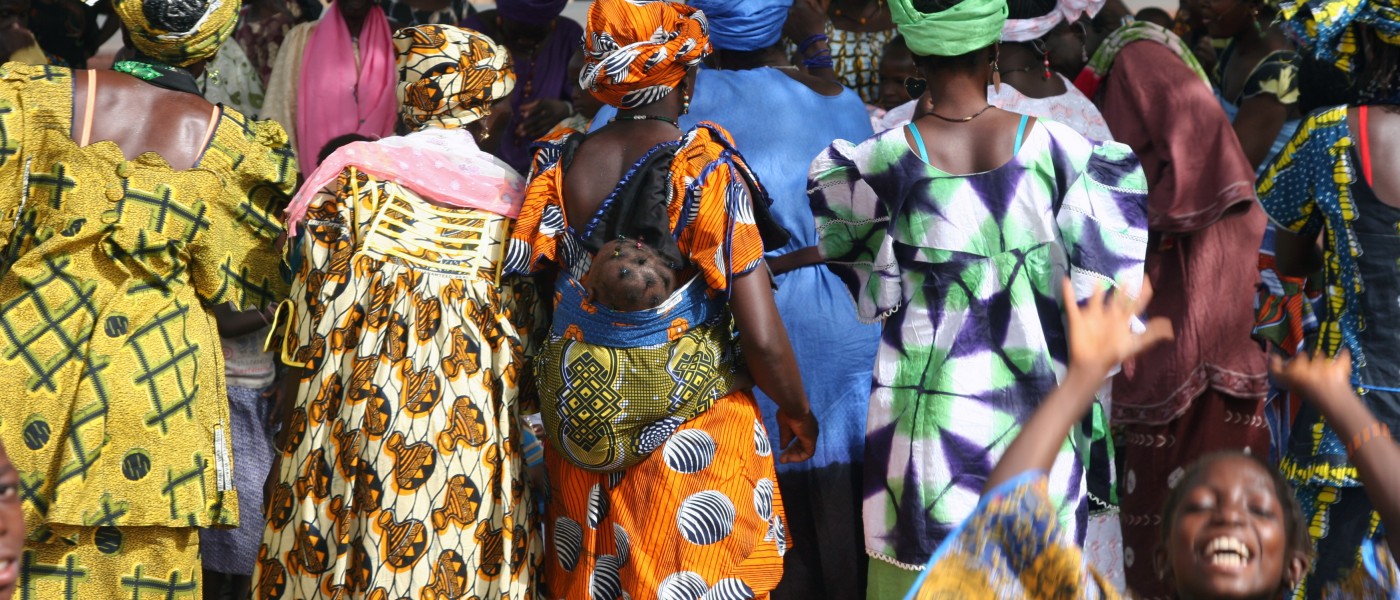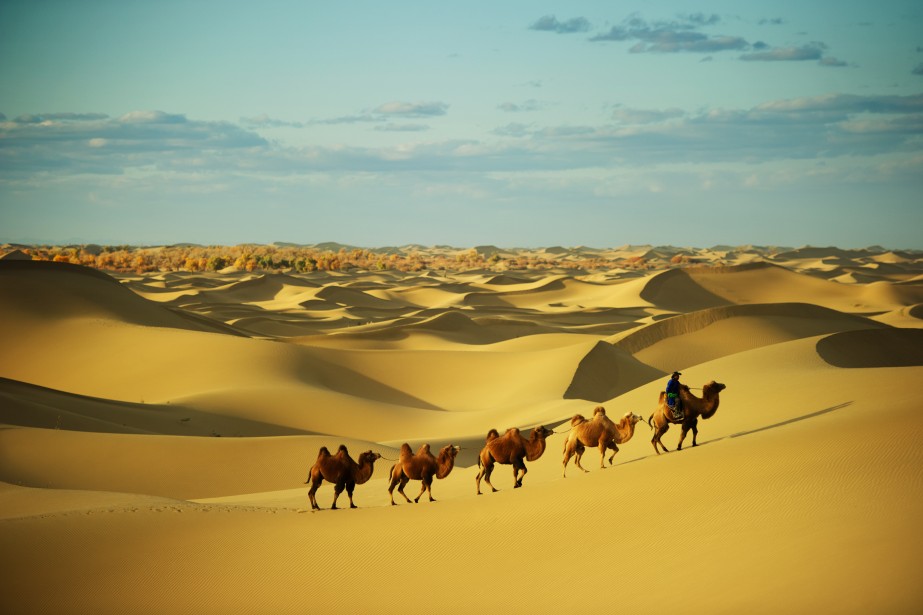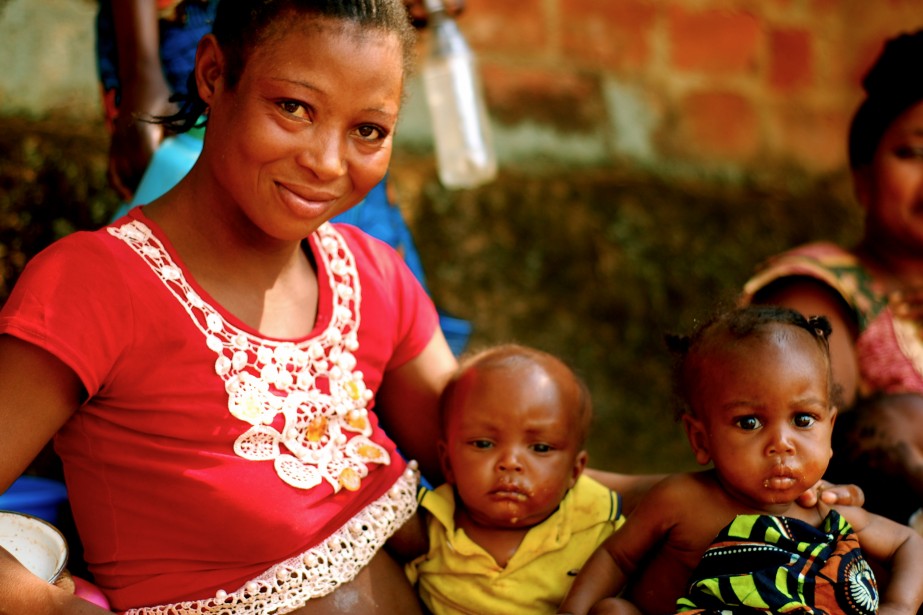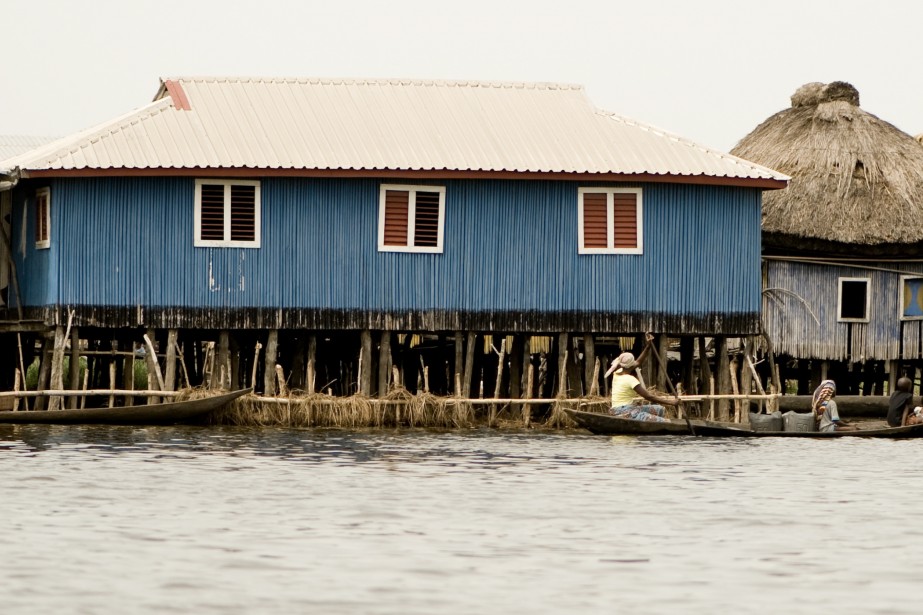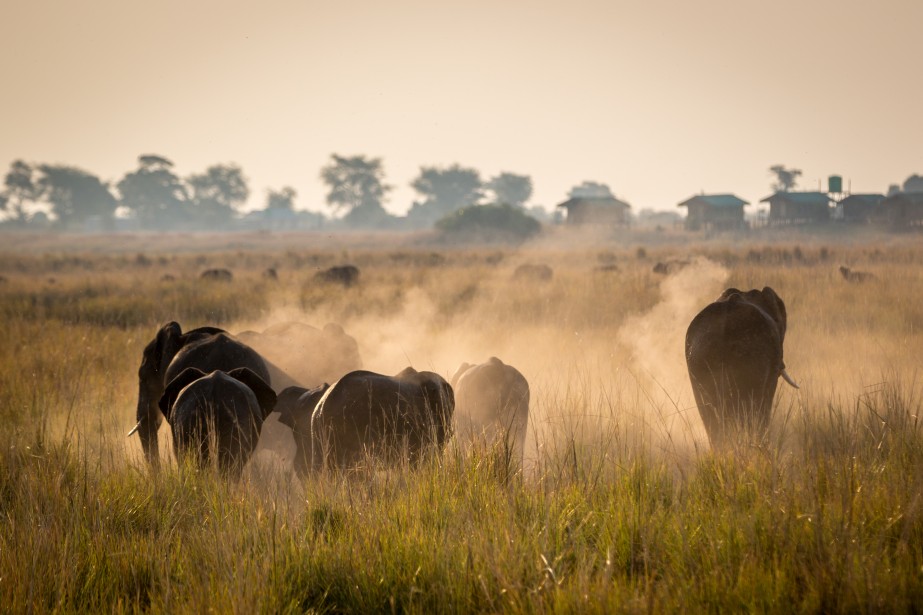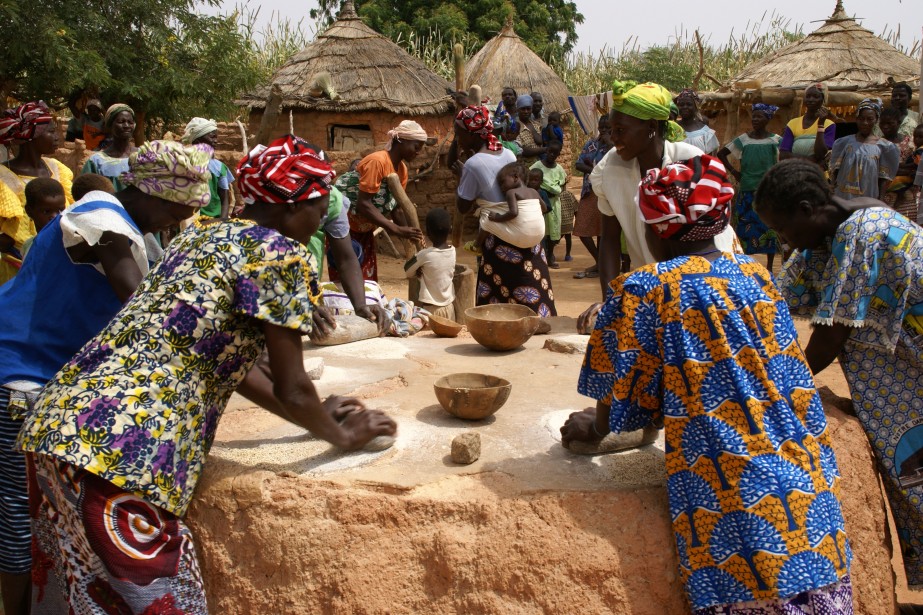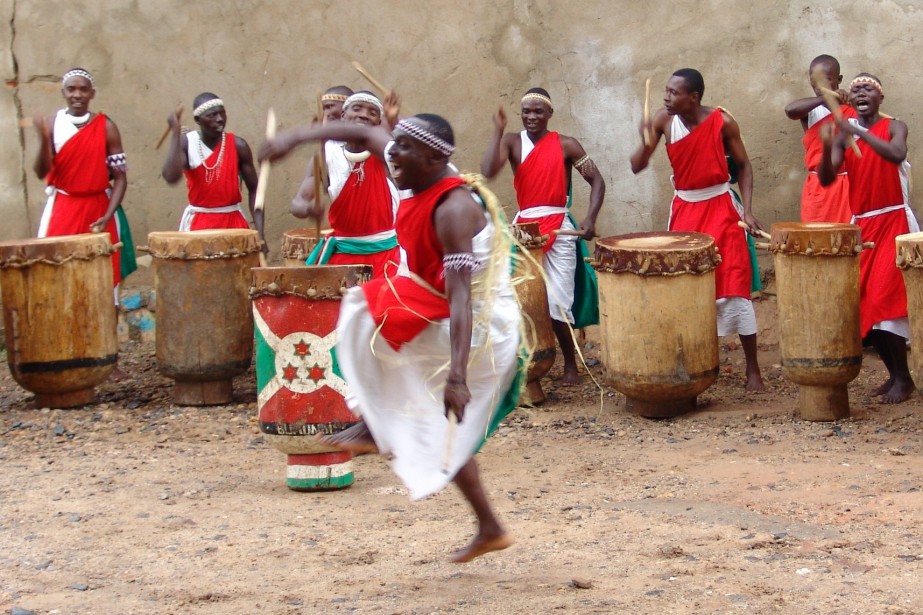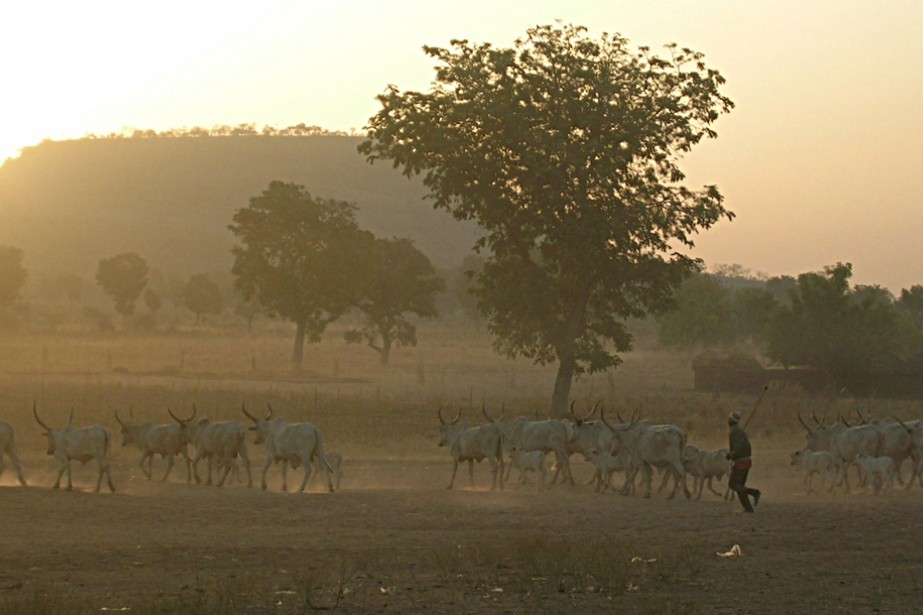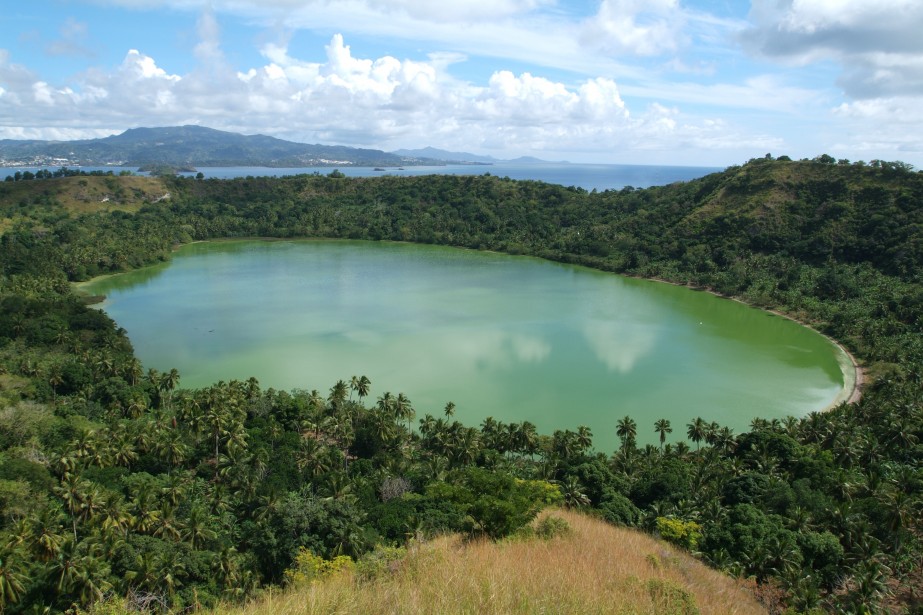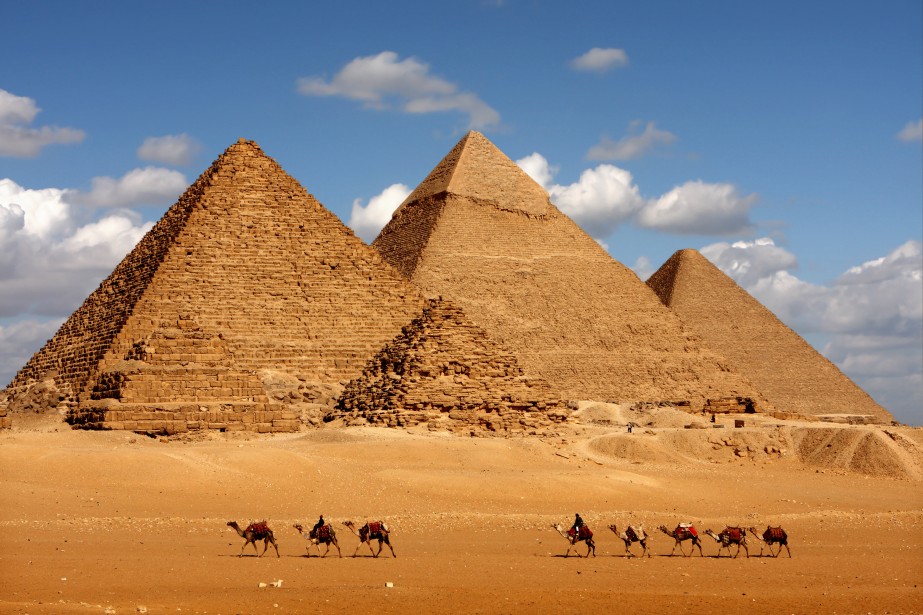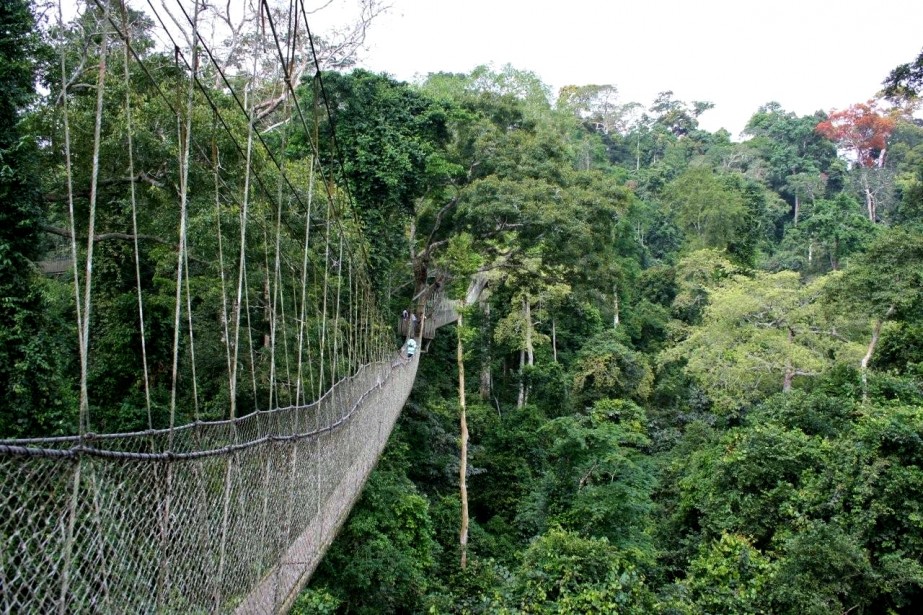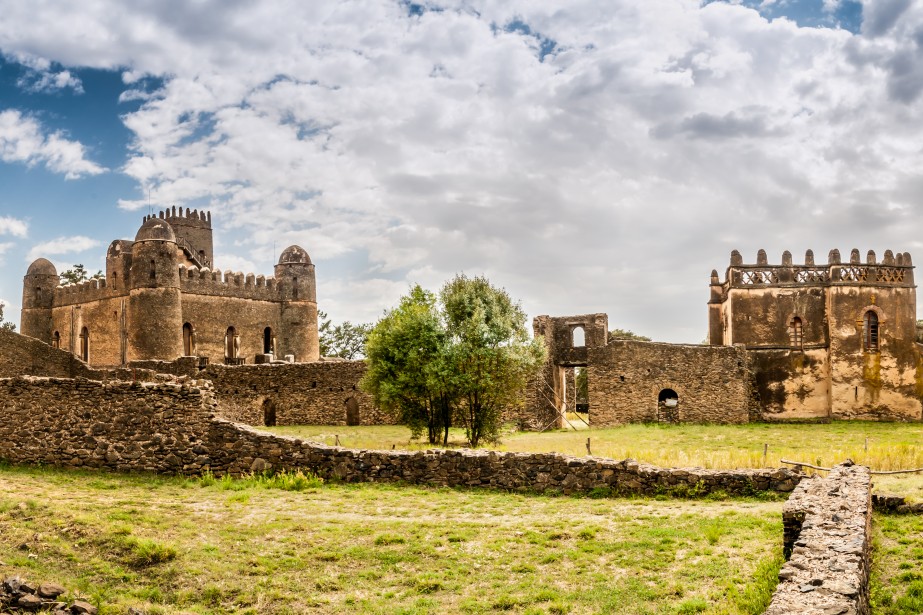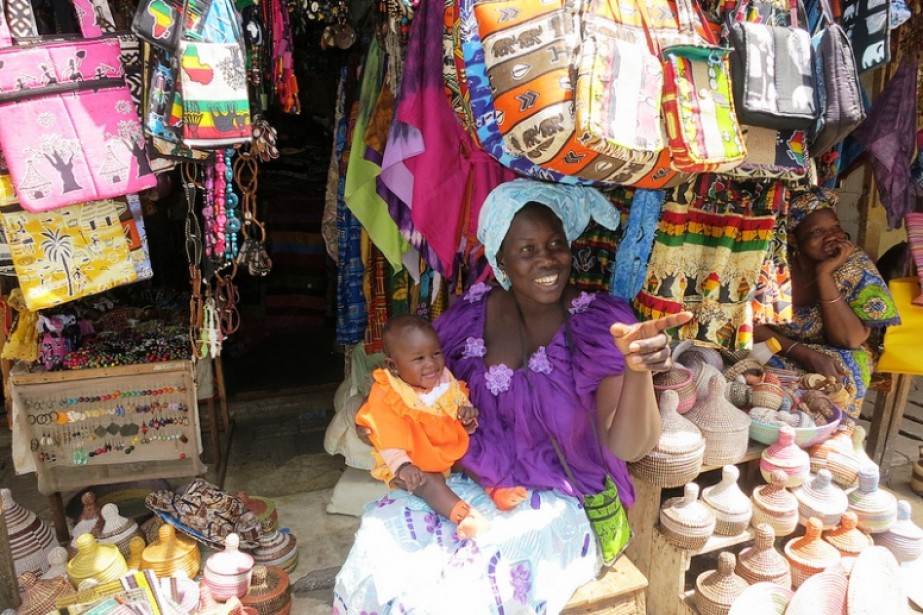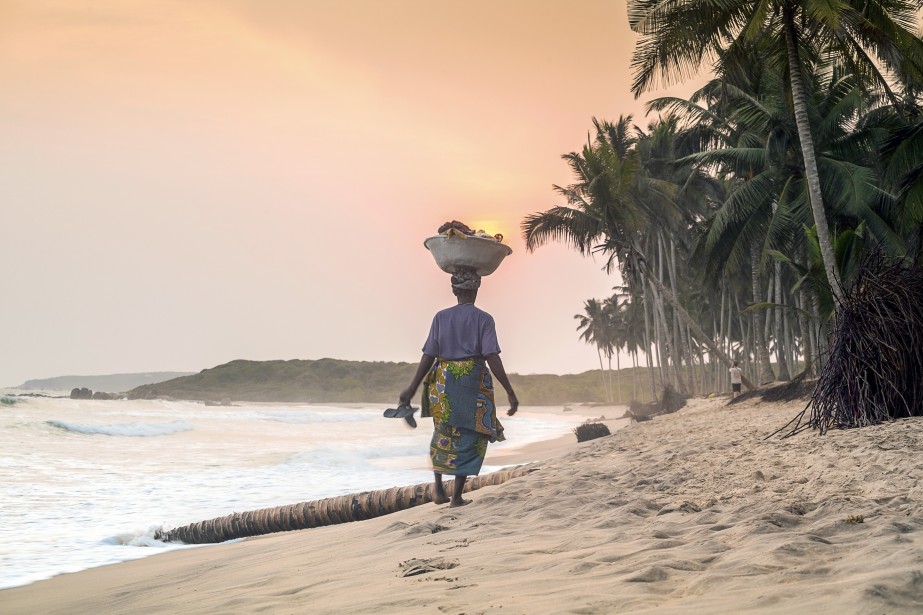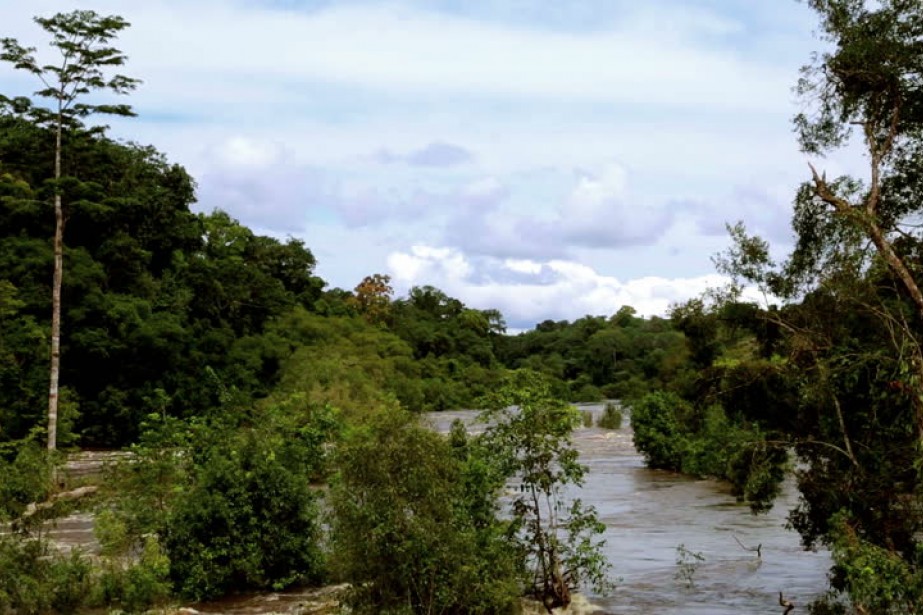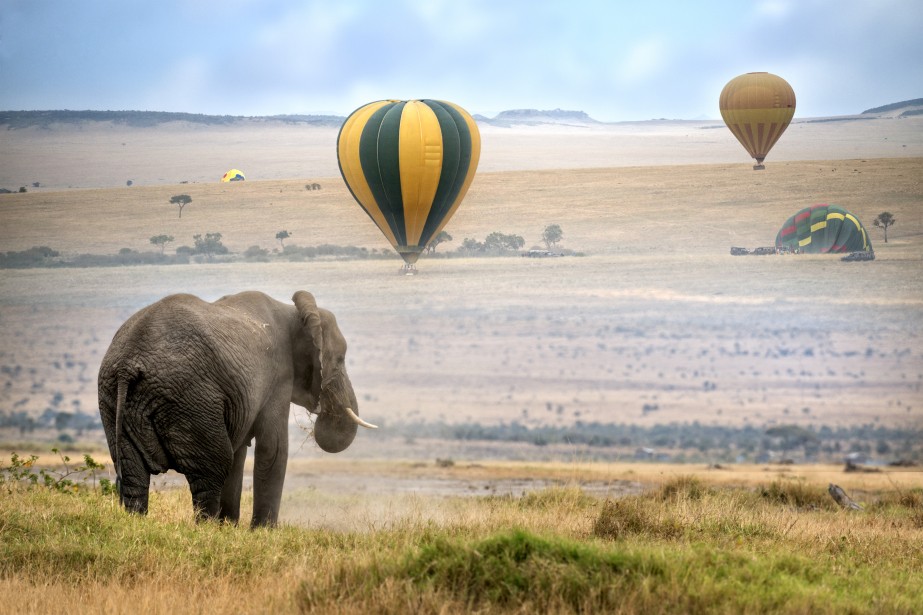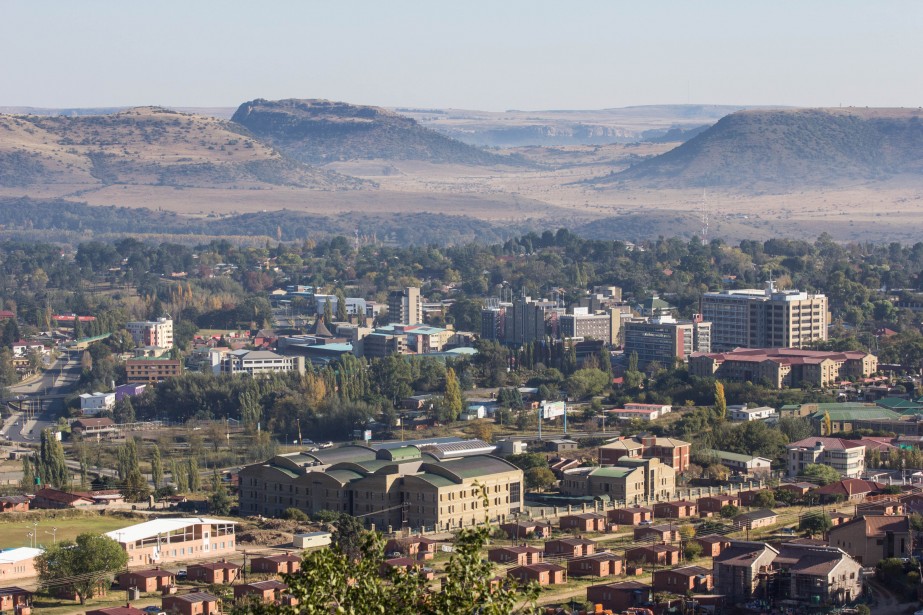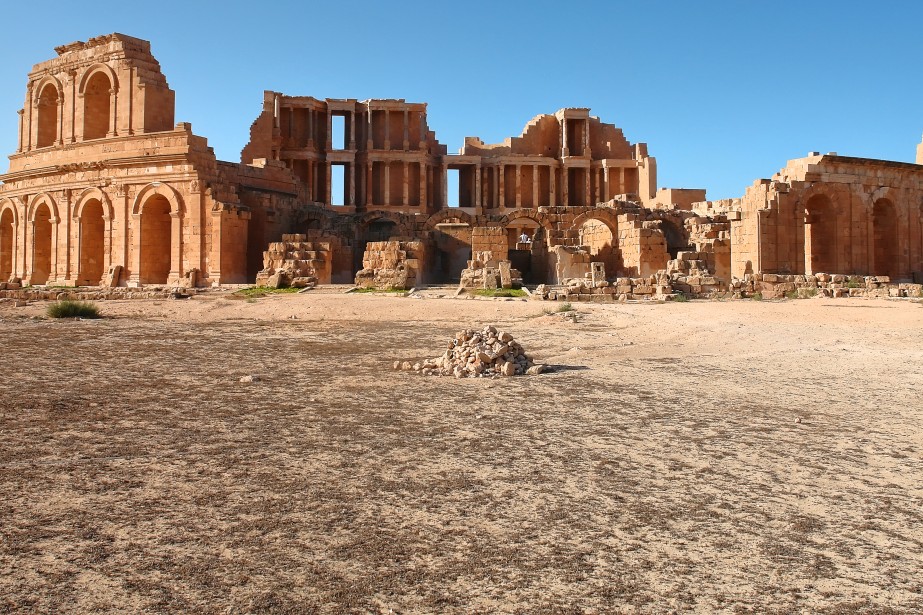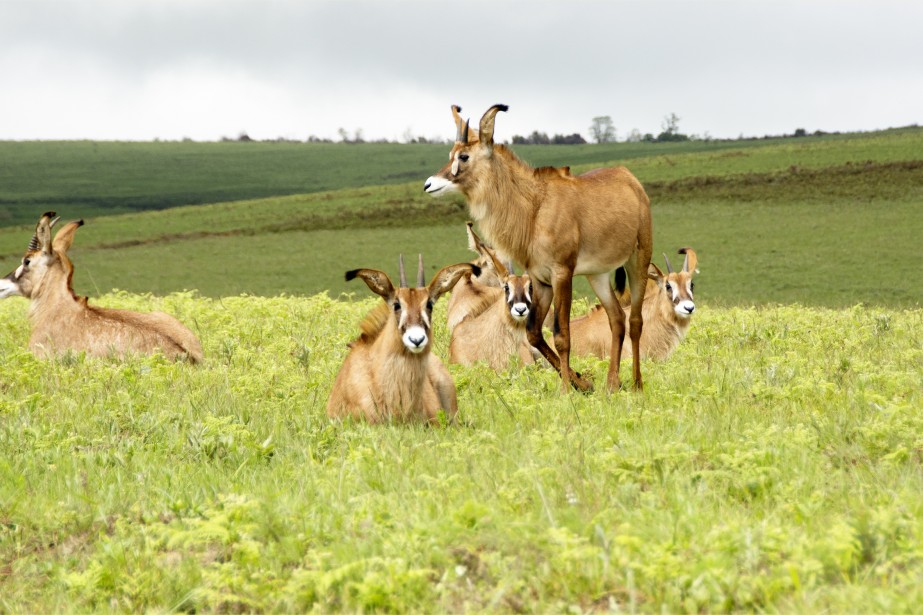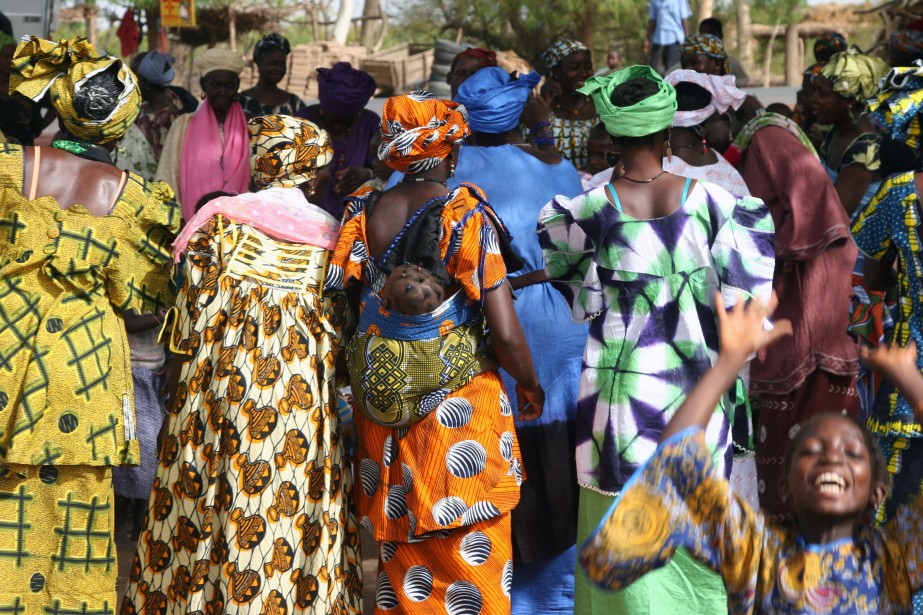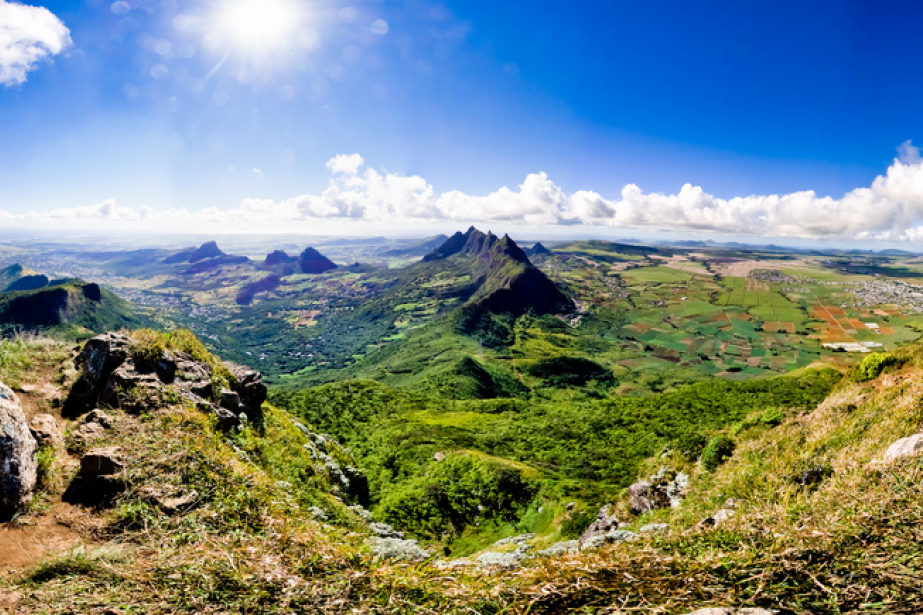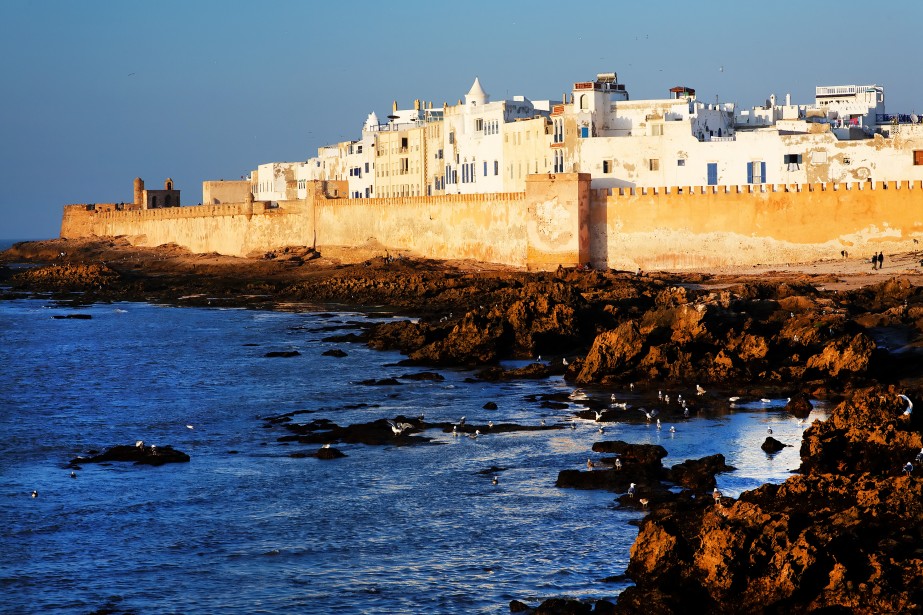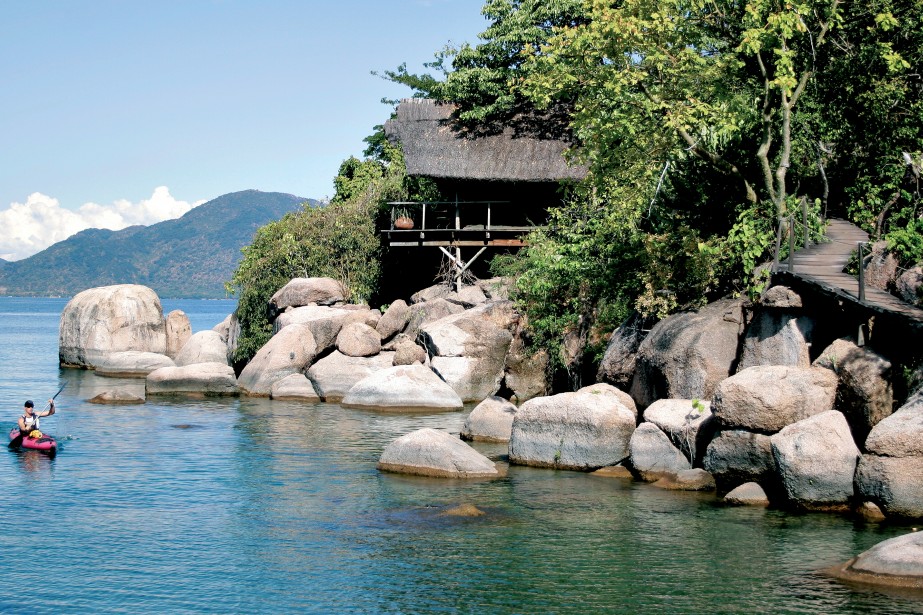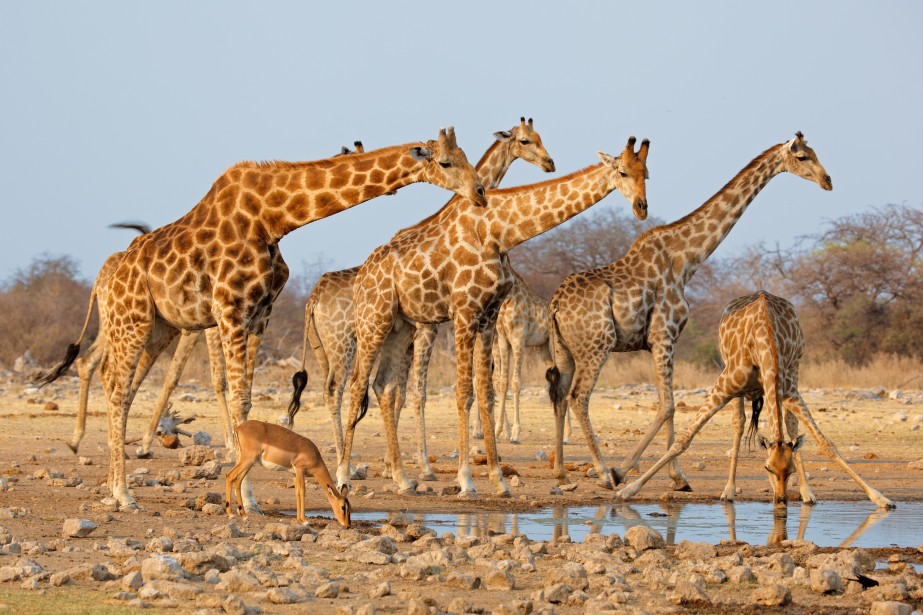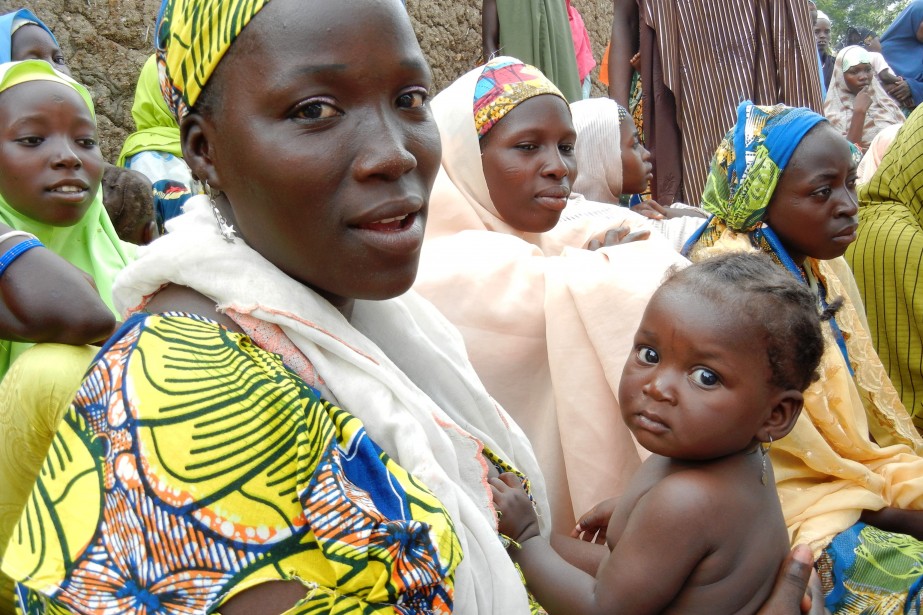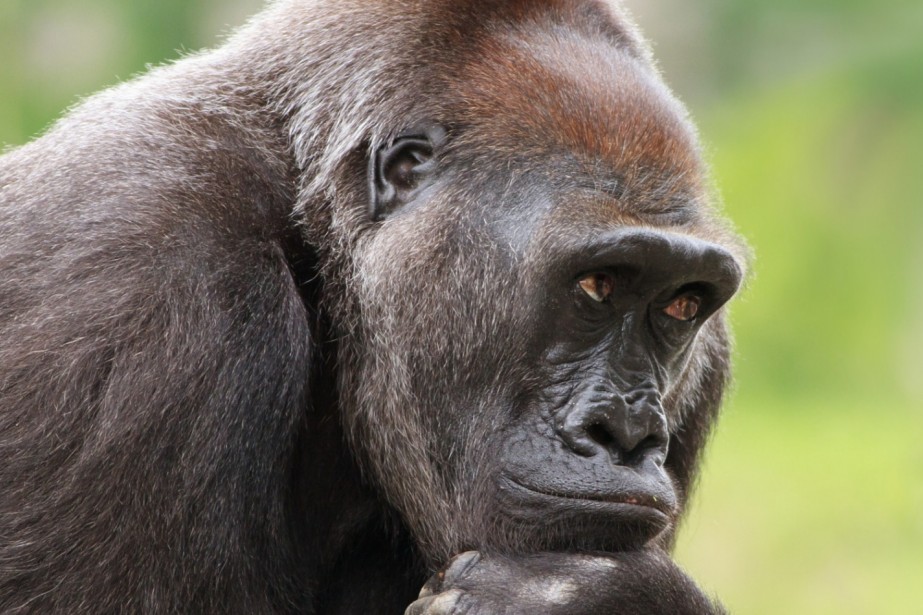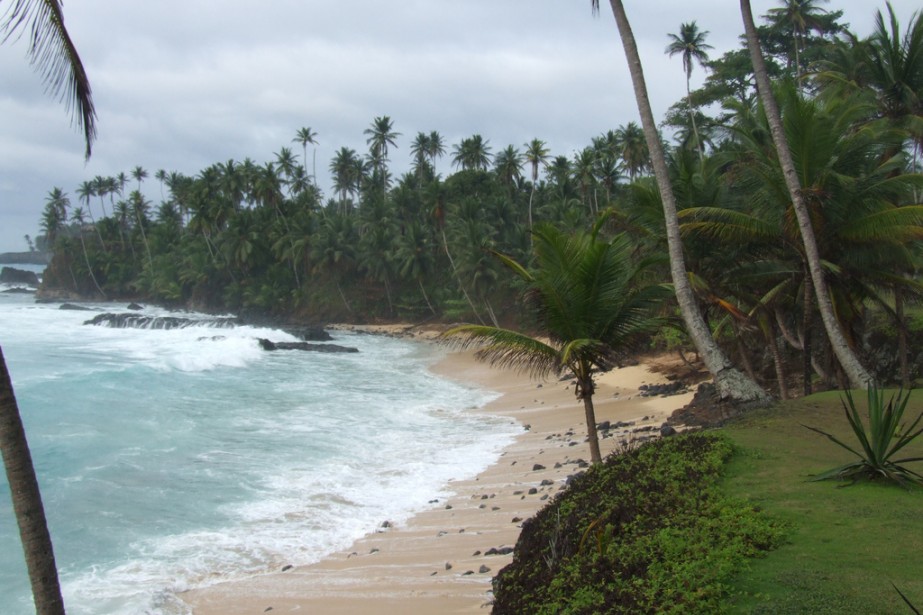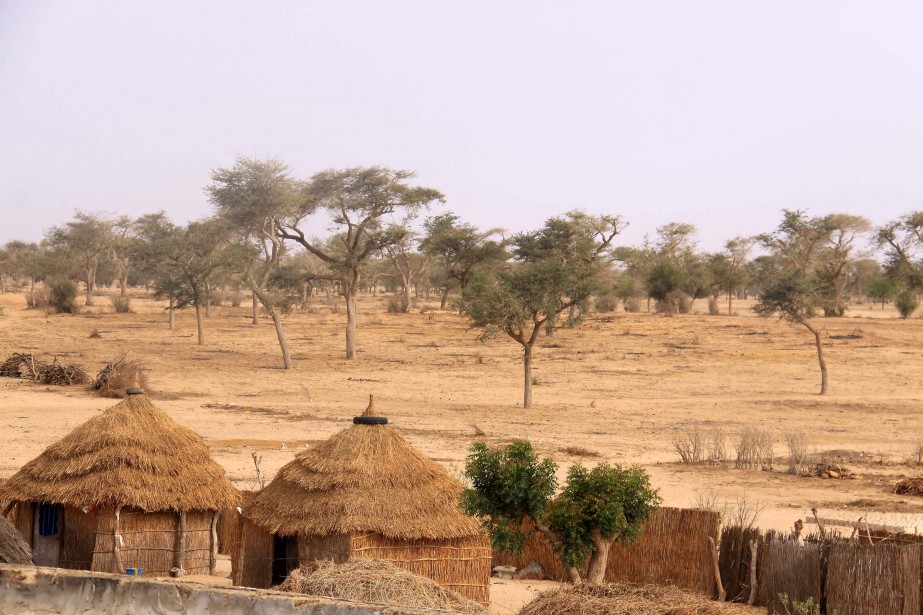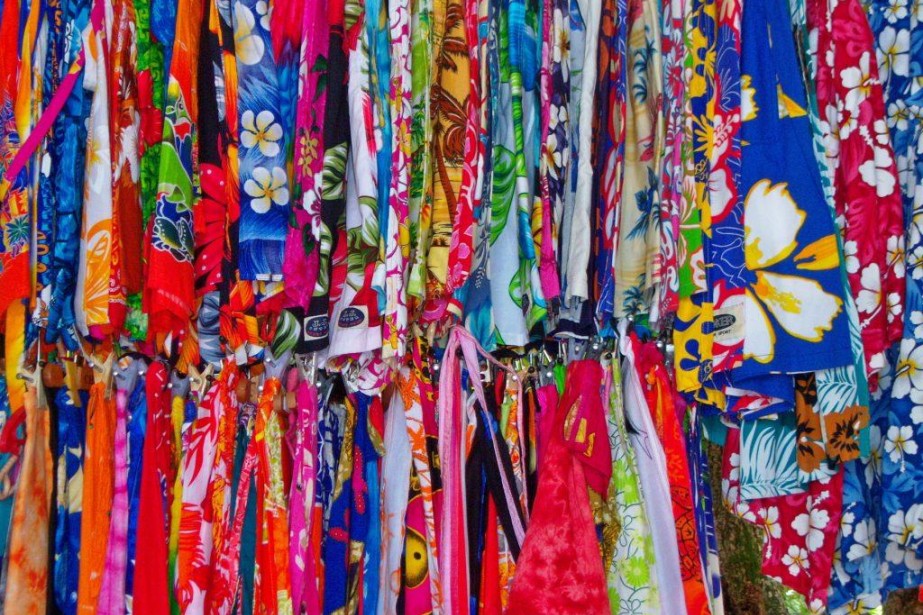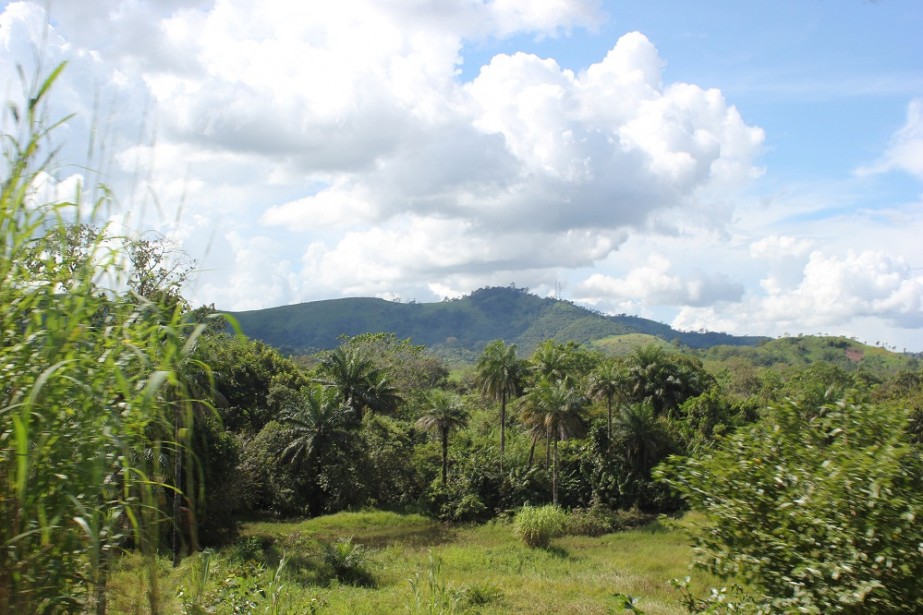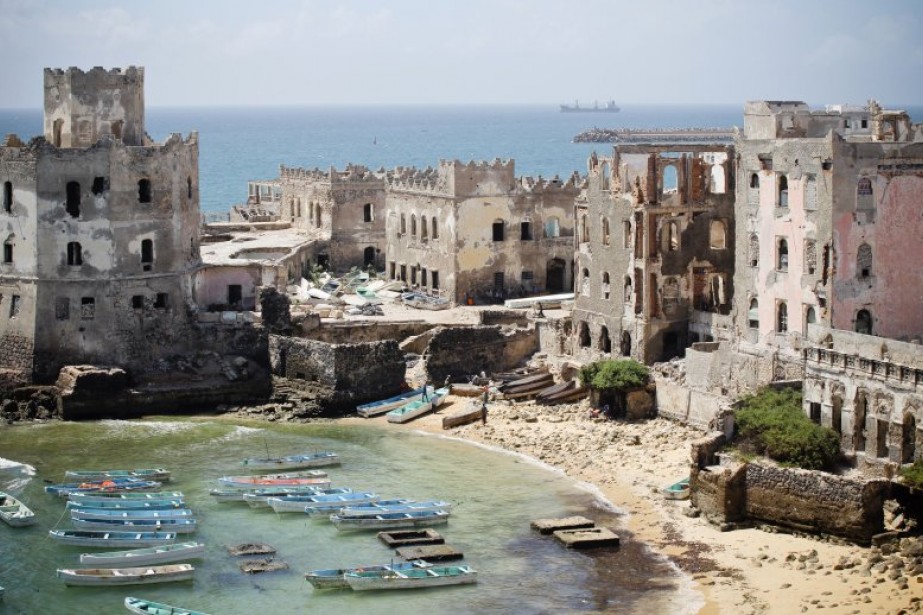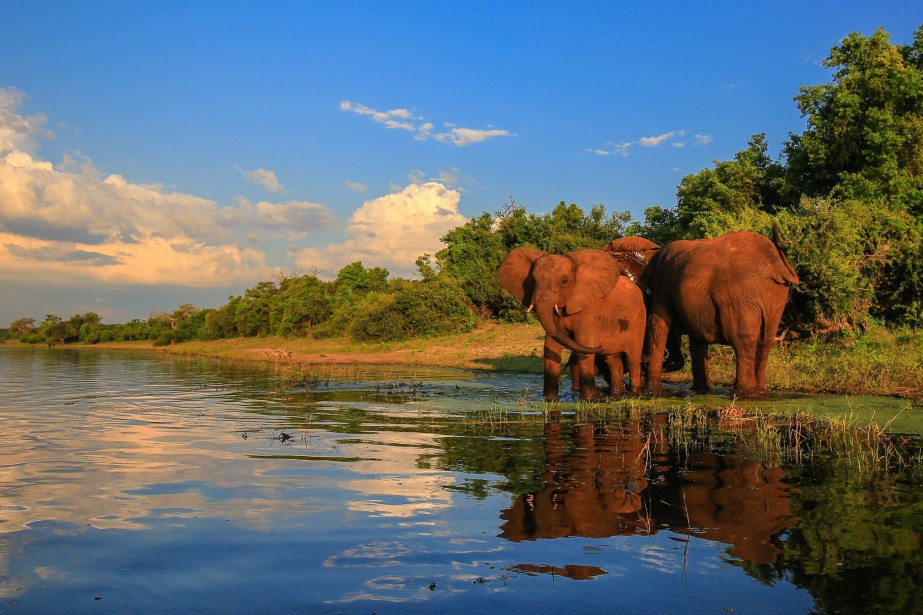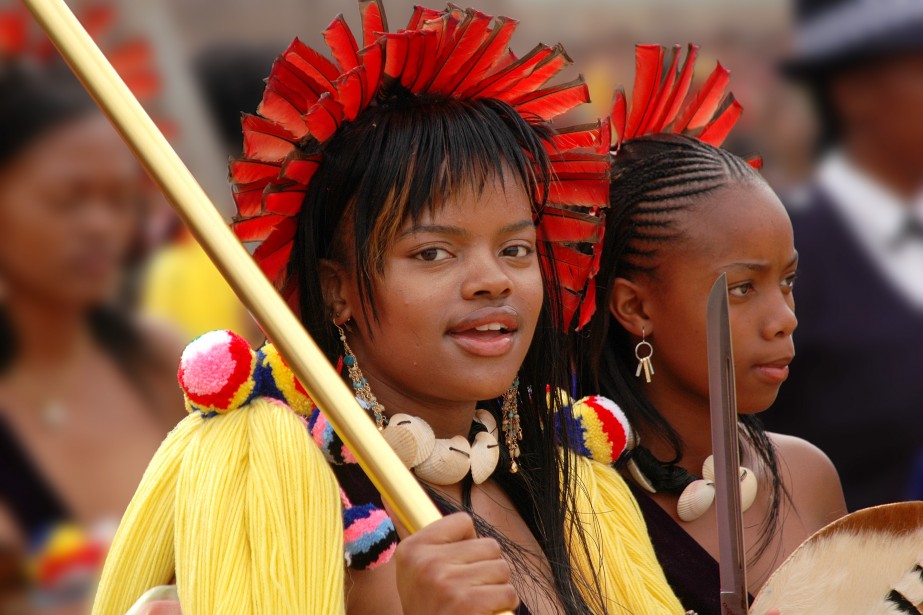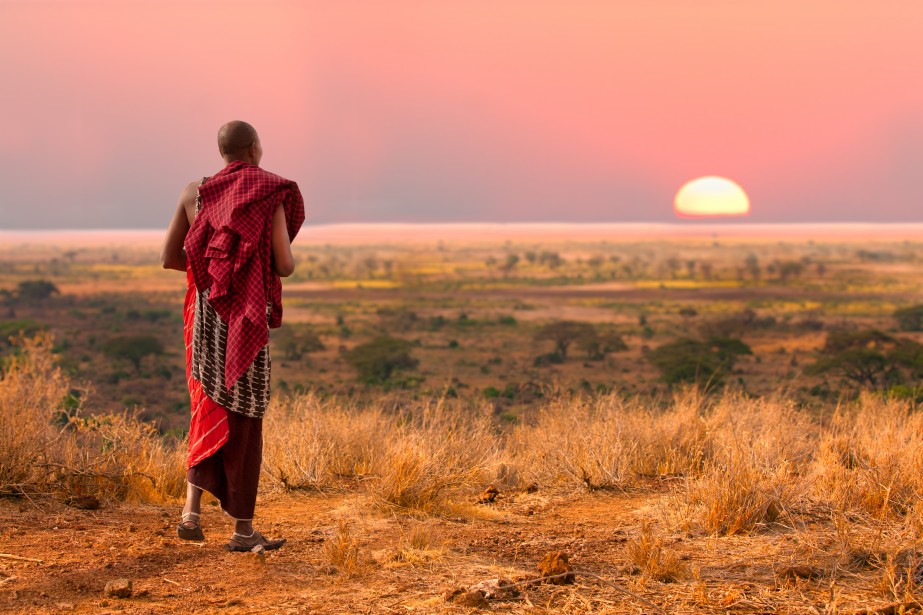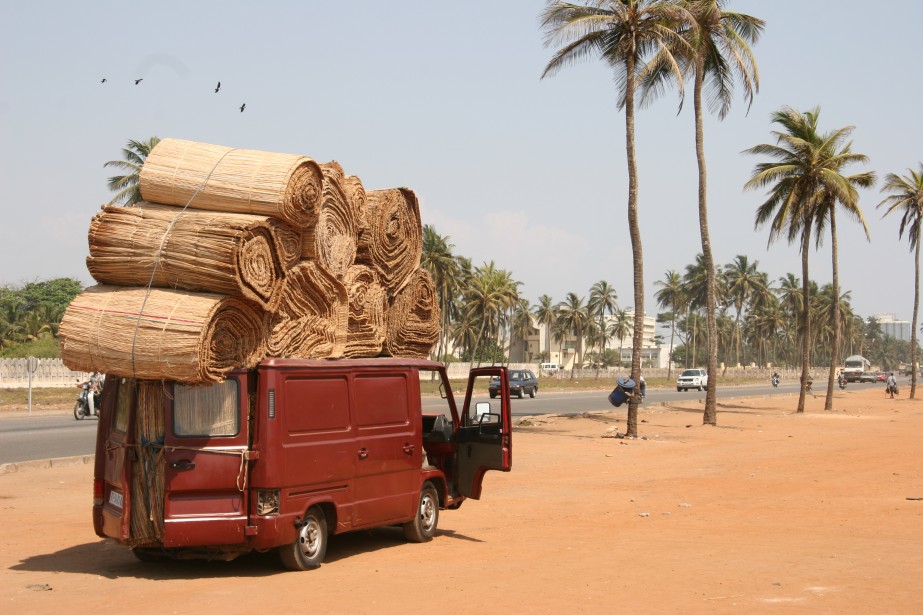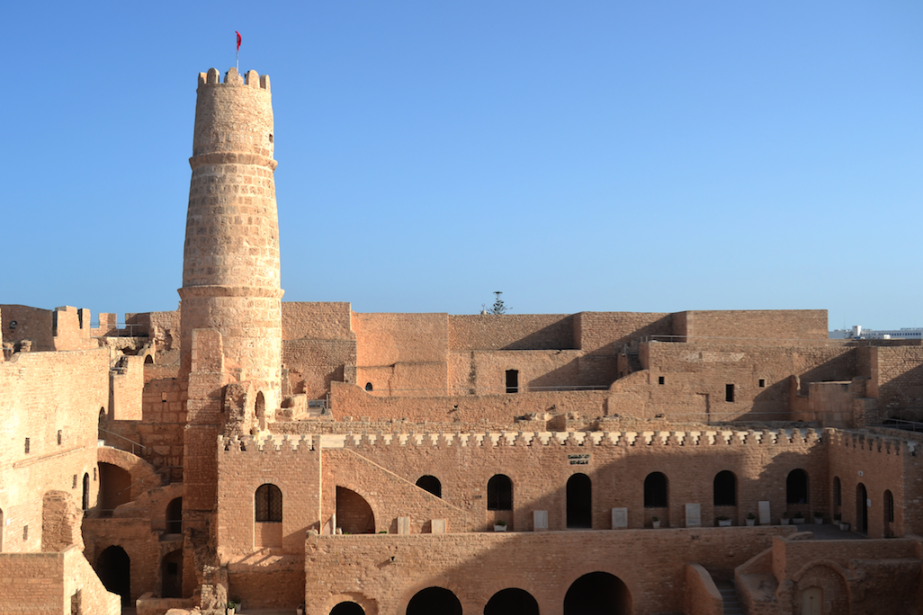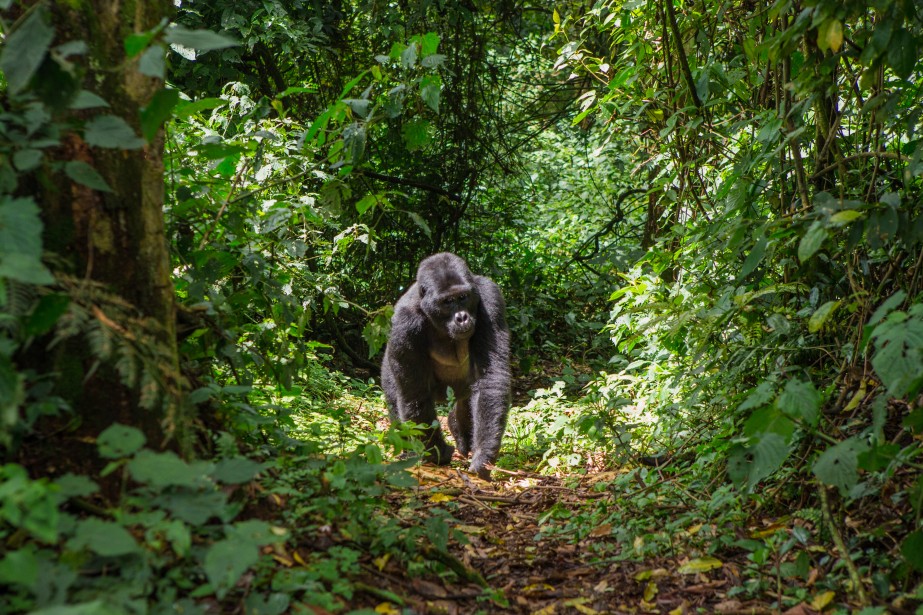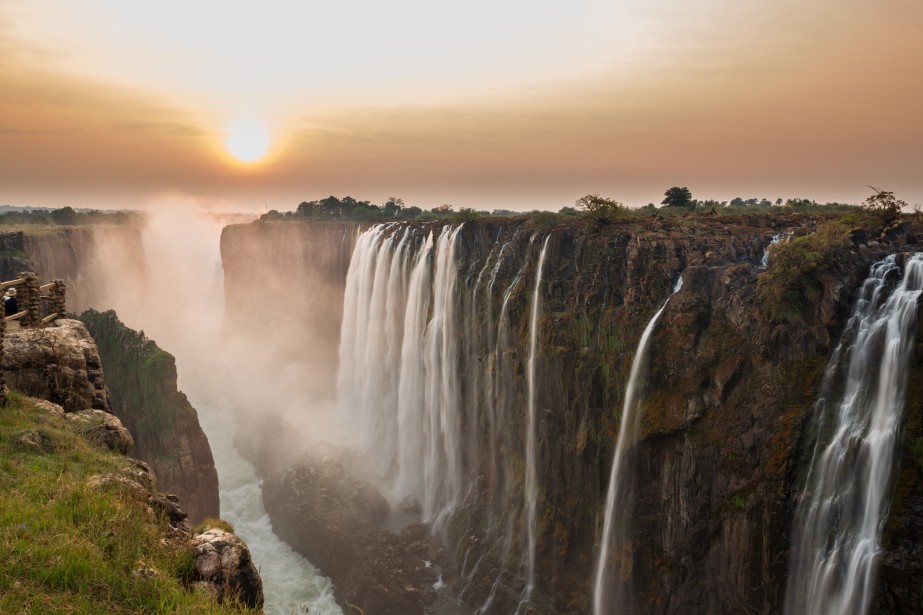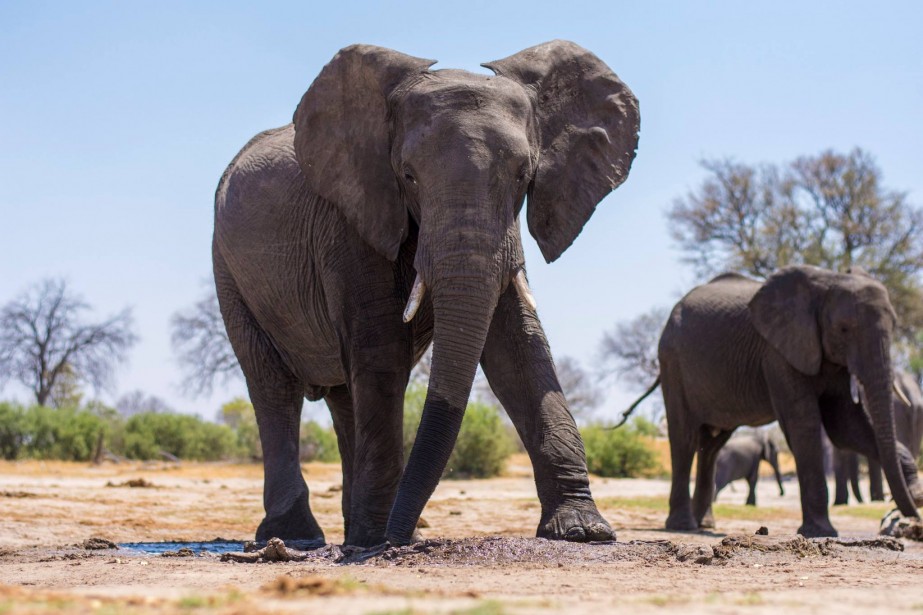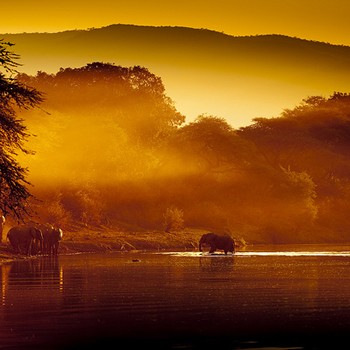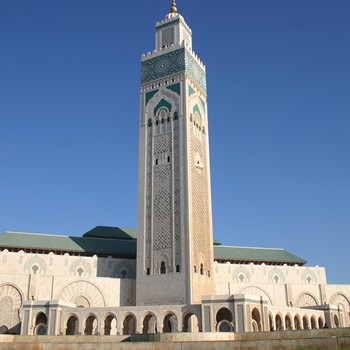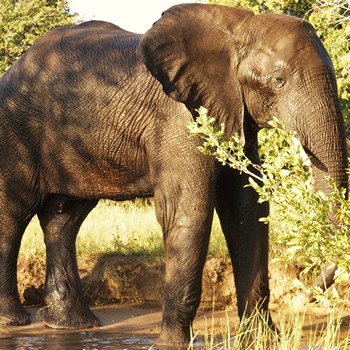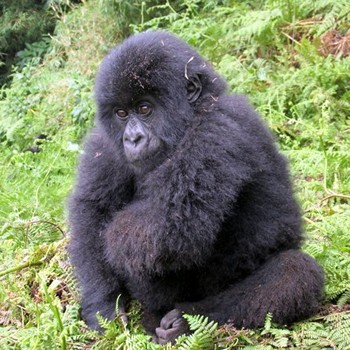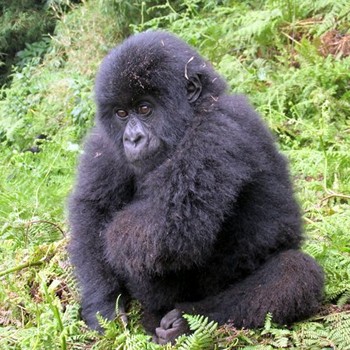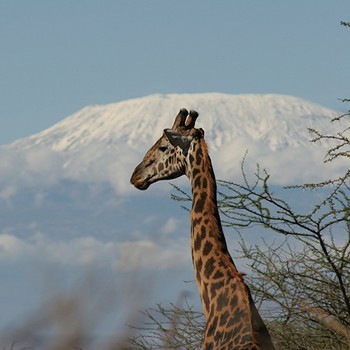Submitted by Cathie Johnson on November 18, 2015
AN OVERVIEW
With exquisitely soft landscapes of sand, and temperatures that soar throughout the year, Mali is a country that shows much promise for visitors and tourists. The cities are alive with music and food and the people are often eager to engage with visitors. However, due to recent conflicts there are travel advisories in place for US travelers and travel to Mali should be done so with extreme caution and awareness of the potential threats.
Mali is a vast and large country, with it reaching the approximately the same size as South Africa. Due to the sheer volume of the country it finds itself embracing a variety of different landscapes and vistas. Known for its stark landscapes and extreme temperatures, the majority of this country sees high temperatures throughout the year with very little rainfall. The northern region reaches far into the Sahara Desert, being one of the hottest and driest places on the planet. The southern region is where most of the country’s population lives and finds respite from the dry heat with the River Niger, which runs directly through the region. The country has a lot of natural resources with gold and salt being some of the largest industries in Mali.
The country is divided into eight regions and one district: Kayes, Koulikoro, Sikasso, Bamako Capital District, Mopti, Gao, Segou, Tombouctou, and Kidal. As a former colony of France, Mali’s official language is French and you can still find traces of the French influence in some of the Mali cuisine.
WHEN TO TRAVEL - WEATHER
With part of its country reaching deep into the Sahara Desert, it should come as no surprise that Mali sees very little rainfall throughout the year. However, the small amount of rain the country does see tends to fall from late May to September. The country sees cooler temperatures between November and February and the highest of temperatures will be seen starting in February.
The northern region of the country is dry and dusty, while the southern regions of the country are often humid and more tropical-like. During the hottest months, usually around April, the temperatures can reach above 100 degrees Fahrenheit.
The best time to visit Mali depends on an individual’s preference for weather. However, to avoid the hottest temperature it’s best to avoid the country from April to June. Even though there is a chance for rain during these months, it is still extremely hot. However, to find respite from the extreme heat it’s often suggested to visit Mali between November and January which is the time of year dubbed the “colder” time of year to the locals. Keep in mind, despite it being labeled a cooler time of year, the average temperature still climbs to the low 90s Fahrenheit.
Due to the high temperatures, be sure to pack in a way that will allow you to be both covered and still comfortable. Lightweight cotton, including t-shirts and lightweight pants, will help keep you comfortable in the heat. However, keep in mind the cultural traditions of the country. As the majority of the population identifies as Muslim, it’s respectful as a visitor to be conscious of this religion. Avoid wearing spaghetti strap tank tops or incredibly short shorts or dresses. When packing tank tops, try to find tops that offer a wider strap. If travelling during the rainy season be sure to bring a rain jacket.
MALI CUISINE AND DRINKS
Heavily affected by the region’s lack of annual rainfall, the staples of the Mali diet consist of rice, millet, and a fine-grain cereal called fonio. The grains are often served with different sauces made with meat, fish, and vegetables. Due to the River Niger running through the center of the country, fish is a commonly seen on many menus and served with a variety of meals. One of the more popular fish caught in the River Niger is a fish called the “capitaine fish,” which is often grilled over open flame.
One of the incredibly common breakfasts seen in Mali is bouille, which is a lot of like a more liquefied rice pudding made with with sweet milk.
When it comes to beverages, the local favorite is a drink called djablani, which is a juice made from ginger, hibiscus, or the fruit that comes from the baobab tree. You’ll commonly find djablani sold in plastic bags, which are especially popular with the children of Mali. You can also find guava juices and tamarind juices, both special to the region. Due to the vast majority of the country being Muslim, juice is often preferred as a beverage of choice over alcohol, though alcohol is not forbidden in the country. Bars are scattered around and serve alcohol.
POPULAR SITES OF MALI
- Boucle du Baoulé National Park: Over 2 million acres make up this astonishing national park which can be found in the western region of Mali, approximately 120 miles from the capital city of Bamako. Due to the vast expanse of this park there is a wide range of topographical landscapes, nature, and uses of the land. From dense forests to savanna grasslands, the park is also home to agriculture uses.
- Festival au Désert: Though the 2014 and 2015 festivals had to be cancelled due to unsafe conditions in the region, the Festival au Désert began in 2001 and is held every year in the northern region of Mali either a few hours from Timbuktu or directly in the city. While it started small, the festival has grown to invite international artists from all over the globe and approximately 30 artist groups venture to Mali to take part in the festival. The festival began as a way to celebrate “La Flamme de la Paix” or The Flame of Peace, which was a ceremony held in Timbuktu in 1996 where 3000 firearms were burned. This event marked the end of years of rebellion for Mali.
- Grande Mosquée: With over half the population of Mali identifying with the Muslim faith, the Grande Mosquée in Djenné is sought out by locals and tourists alike. With its graceful minarets reaching for the sky and dreamy structure that is reminiscent of an epic sandcastle, the Grande Mosquée mirrors the very essence of what it means to be in the heart of Mali. Though non-Muslims are not allowed inside the structure, one can view its visual splendor from neighboring rooftops or buildings.
- National Museum of Mali: Located in the capital city of Bomako, a city straddling the Niger River, the National Museum of Mali is an ideal place to catch a glimpse of the history and culture that makes up the vast and complex country of Mali. With a variety of items from the different regions and peoples of the country, one can spend time looking at collections of masks, clothes, and musical instruments. In addition to the items on display there is also a large garden at the museum, which can provide some tranquility amidst the noise of the dense capital city.
PRACTICAL INFO FOR MALI
Visas
A visa is needed in order to enter the country of Mali. A US Citizen visa is the same price regardless the length of stay in Mali, while citizens from other countries may select from a variety of lengths of stay. In order to apply for a visa one must submit a valid passport, two recent passport size photographs and two application forms. In addition, it’s necessary to receive a Yellow Fever vaccination before visiting Mali and when applying for a visa you must present a copy of this certification.
Banks and Currency
The official currency of Mali is the West African CFA franc. The currency comes in both bill and coin form, with coins in the following range: 1, 5, 10, 25, 50, 100, and 500 coins. The CFA bill is found in the following denominations: 500, 1000, 2000, 5000, and 10,000. CFA stands for “Coopération financiére en Afrique centrale” and is the currency found in the majority of West Africa.
ATMs can be found in most of the major cities in Mali, however be aware that they usually only accept Visa and are not always reliable. The hotels and banks will exchange Euros and USD for you. While traveller’s cheques can be changed within the country of Mali, it might actually be more trouble than it’s worth. Instead of going through the hassle of getting traveller’s cheques changed all the time, bring cash with you or use ATMs in the larger cities.
Tipping
If not already added to a service, a 10% tip is customary in both bars and restaurants when going out to eat in Mali.
http://www.our-africa.org/mali/food-daily-life
http://www.brendansadventures.com/travel-guides/africa/west-africa/mali/budget-for-travel-in-mali/
http://www.lonelyplanet.com/mali

